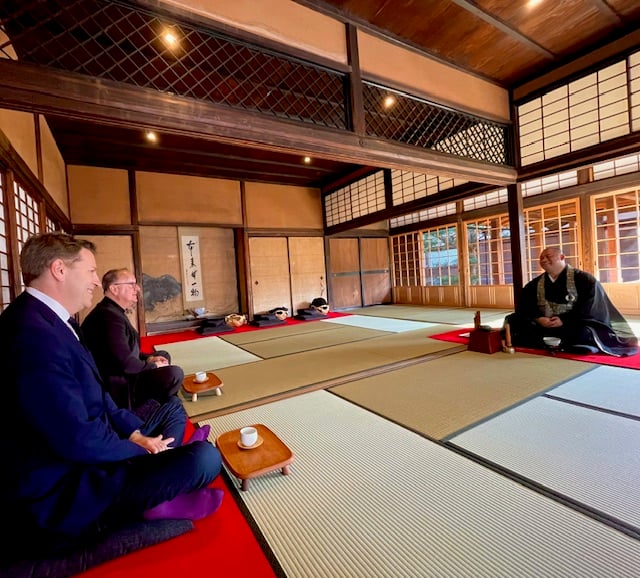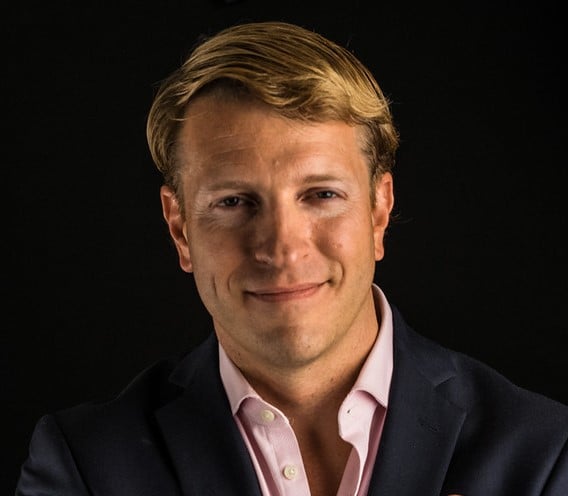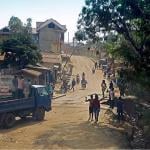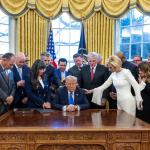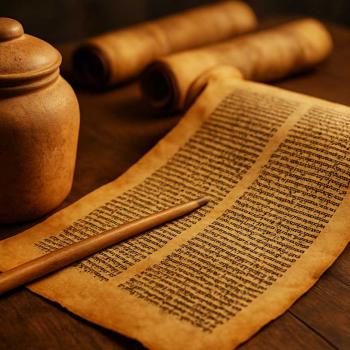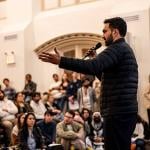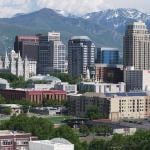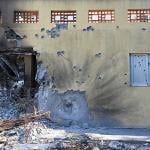
Ringing in Faith & Mutual Understanding into the New Year: a Georgetown Interfaith Delegation to Japan
At the center of a 16th-century Zen Buddhist temple in Kyoto, Japan lies an ancient Catholic bell, possibly the oldest preserved Jesuit bell in all of Japan. Its mere existence, through hundreds of

years – including the era of Christian persecution by Toyotomi Hideyoshi and the World War II era led by the Imperial Army – is a testament to interreligious dialogue and reverence for our collective cultural heritage. For two professors at Georgetown University – the oldest Catholic university in the United States – this historic bell represented a pilgrimage point to help commemorate the 440th anniversary of the relationship between Japan and the Vatican, and the 475 year-relationship between the Jesuits and Japan.
Led by Professor Mark Vlasic and Father Mark Bosco, S.J, the Georgetown interfaith delegation to Japan – and specifically to the 16thcentury Shunkoin Temple in Myoshinji (妙心寺春光院)represented a fate-filled connection between a faculty colloquium in Florence, Italy, to a temple invitation made in Seattle, Washington, all thanks to an interfaith panel organized by the U.S. Japan Foundation (USJF).
Apostle of the Indies

Over a decade ago, USJP chose to invite Rev. Takafumi Zenryu Kawakami, now the head priest of Shunkoin Temple in Kyoto, to participate on a panel discussion on “Faith & Foreign Policy” at the U.S. Japan Leadership Program (USJLP) retreat in Seattle. Also keynoting on that panel was Prof. Mark Vlasic, a recent White House Fellow/Special Assistant to the U.S. Secretary of Defense. As tends to happen on such USJLP leadership retreats, people got along – friendships were made – and at the end of the weekend, “Rev. Taka” invited his new Georgetown friend to stay at his temple in Japan. It was on that subsequent trip, a year later, that the author learned of the aforementioned Jesuit bell, and a decade later, it was the author who raised the memory of that Jesuit bell, during a discussion with his Jesuit colleague, Father Bosco, while they were teaching at Georgetown’s villa program in Florence during the summer of 2024.
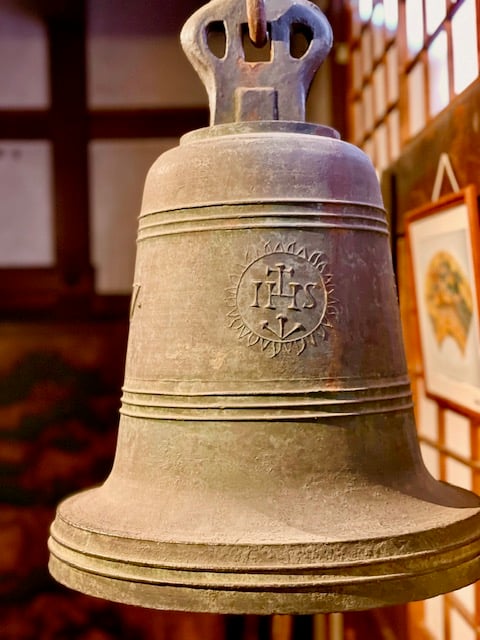
You see, it was in the midst of the beauty of a Tuscan mountainside that Father Bosco had raised his interest in the Spanish Father, Francis Xavier, S.J,
a co-founder (with St. Ignatius of Loyola) of the Society of Jesus (the Jesuits) and a famous Jesuit priest for his missionary work across India, Southeast Asia, and, of course, Japan. Called the “Apostle of the Indies,” a “seed was planted” regarding how Georgetown could help honor Father Francis and the upcoming 440th anniversary of the relationship between Japan and the Vatican, all while building the relationship between the oldest American Catholic university, with faith-filled leaders in Japan. Thankfully, USJF had recently offered its fellows the possibility of mini-grants, to help support travel and collaboration between fellows, and thus, six months after that Tuscan discussion, Father Mark and Professor Mark were en route to Japan – traveling much easier than Father Francis did 475 years ago – but with perhaps with the same hearts of anticipation, to enter the new year in Japan.
Led by Men of Goodwill

Arriving in Tokyo on New Year’s Eve, it was through the kindness of Tokyo-based USJLP fellow, Hideo Ohashi, that two American Catholics were invited to participate in a traditional ringing of a temple bell (“Joya no Kane”), where the bell is struck 108 times at midnight to symbolically cleanse away the 108 earthly desires. And thus, the Georgetown delegation welcomed 2025 with a Japanese bell – a clean slate – and were ready to make their journey to Kyoto, to honor the preservation of a Catholic bell, saved by a Buddhist priest.
The contrasts could not have been more different: a discussion that started in the heat of the Tuscan sun, drinking wine at a villa once owned by Michelangelo’s mother, in a city the Romans founded in 59 BC, led to drinking green tea while sitting on tatami mats, 6,000 miles away, in the height of winter, in a city founded in 794 AD by Emperor Kammu, inside a temple established in 1590 by Horio Yoshiharu, a feudal lord in the 16th century. And yet, despite the winter cold, and the miles that separated the participants, the conversation was warm, and hearts were open.
It was, in fact, an interreligious encounter, led by men of goodwill, seeking to better understand each other, and very much inspired by faith leaders, like Saint Francis, and later by Pope Francis and others, who gathered in Abu Dhabi to sign The Document on Human Fraternity for World Peace and Living Together, to help bring our “Human Family” together.
The Jesuit Bell Saved by a Buddhist Priest
Over green tea, Rev. Taka shared his journey and that of his family legacy that binds him to the temple that houses and protects one of
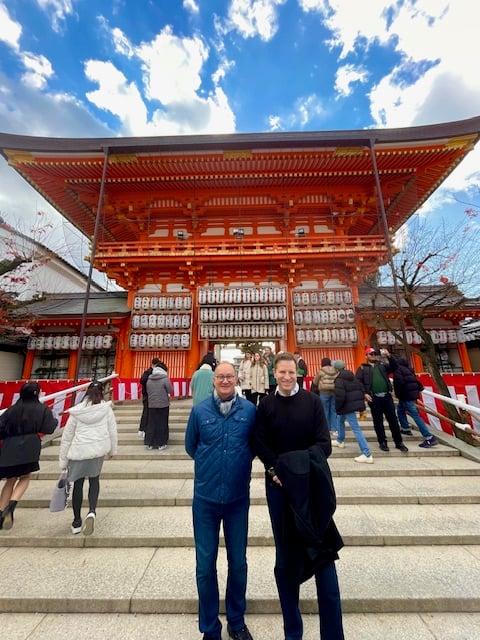
the most ancient testaments to the Catholic Church in Japan. While the Jesuit bell was in mind, the discussion on the tatami mats focused on our shared spirituality, academic pursuits, and meditation and contemplation. Thus, after Rev. Taka led our mediation session at his beautiful temple, Father Mark shared an invitation to our host to lead an interreligious mediation session and lecture at Georgetown’s John Main Center for Christian Contemplation. And with our afternoon session – which ranged in topics ranging from Jesuit and Buddhist thinkers to mental health, PTSD treatments, spirituality and research – coming to an end, Rev. Taka invited his American Catholic guests to a sacred place in the center of his Zen Buddhist temple, to view the Catholic Jesuit bell.
Rev. Taka explained that the “Bell of Nanbanji Church” (from the “Church of the Assumption of Mary”) is considered one of the oldest Christian bells in Japan, having survived the destruction of its previous home, a Jesuit church, in an era Christian and Catholic persecution. (This era included the “Twenty-six Martyrs of Japan,” a group of Catholics who were executed by crucifixion in 1597, after a forced march from Kyoto to Nagasaki.)
Jesuit bell in a Buddhist temple
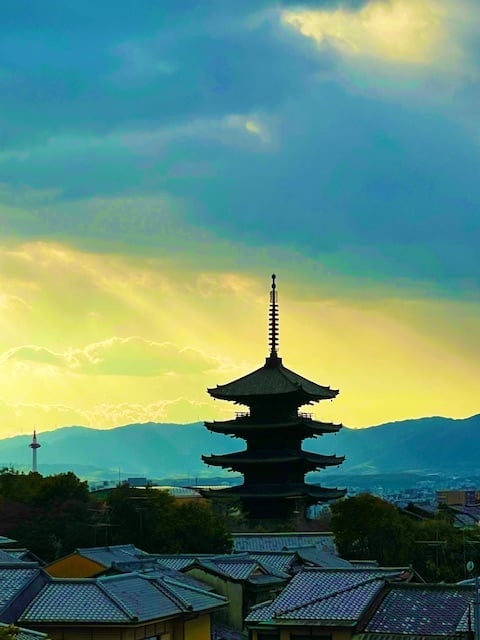
While the original thought was that the bell was forged in Portugal and brought to Japan, to be used at the Nanbanji Church, established by Jesuit missionaries with the support of Oda Nobunaga in 1576, more recent thinking, according to Rev. Taka, is that the bell may have been forged in Japan, or at the Portuguese enclave in Macau, and brought to the church in 1577. As was clear to us all, the Jesuit bell includes the monogram “IHS” – a symbol used by the Jesuits that represents the name of Jesus in Greek – on one side of the bell, as the opposite side also bears the number “1577” in Arabic numerals, instead of the kanji characters used by Japanese.
What was more powerful than the sight of the Jesuit bell in a Buddhist temple, was the story behind it.
Rev. Taka explained that during the Second World War, the Imperial Army had issued a decree that all metal and steel would be surrendered to the Army to support the war effort. According to family legend, friends of his grandfather (who was the head priest of the temple during WWII), shared the story of the Christian bell, and Taka’s grandfather, in an effort to save the bell, hid the bell in an old sake container and buried it in the temple complex. To further obscure the hidden bell, Taka’s grandfather surrendered his own temple bell to the Imperial Army, thereby saving the Christian bell from being melted down to produce bullets and bombs.
A Lasting Legacy of Humanity
And thus, in the midst of a war between Japan and the United States, a Jesuit bell was saved, and over 75 years later, two

American Catholics were permitted to reflect on the Japanese Buddhist priest who saved a representation of faith – of our collective cultural heritage – and on the family who continues to protect its memory. We were a long way from our faith-forward discussions in Seattle and Florence, but thousands of miles away in Kyoto, a lasting legacy of humanity and cultural heritage protection remains.
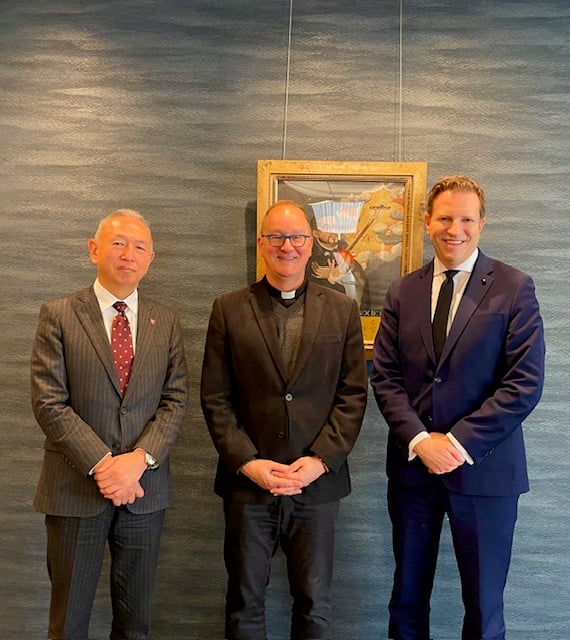
So it was in a spirit of thankfulness and hope that our delegation left Kyoto and returned to Tokyo, for meetings with Japan’s newly-created Cardinal, His Eminence Isao Kikuchi, the Archbishop of Tokyo, as well as the acting U.S. Ambassador, Chargé d’Affaires Katherine Monahan, the President of Sophia University Yoshiaki Terumichi, the Pope’s Embassy (Apostolic Nunciature) to Japan, and the Commander of the 7th Fleet, Vice Admiral Fred Kacher (a White House Fellow classmate of the author). In every interaction in Japan, we were guided by an open heart, seemingly in the memory of the open-hearted Buddhist priest who saved a piece of Christian heritage. And it is with that open heart that we look forward to welcoming the grandson of that priest, Rev. Taka, to share his family’s legacy, and his kind spirit, with the students and priests of Georgetown University.
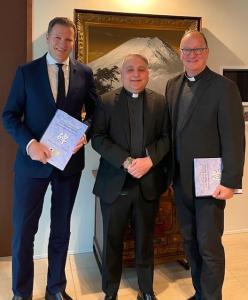 |
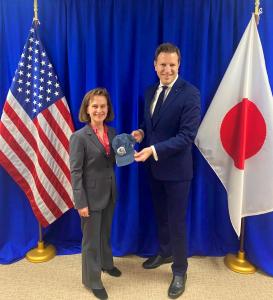 |
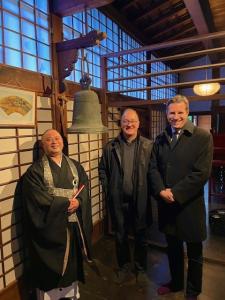 |
